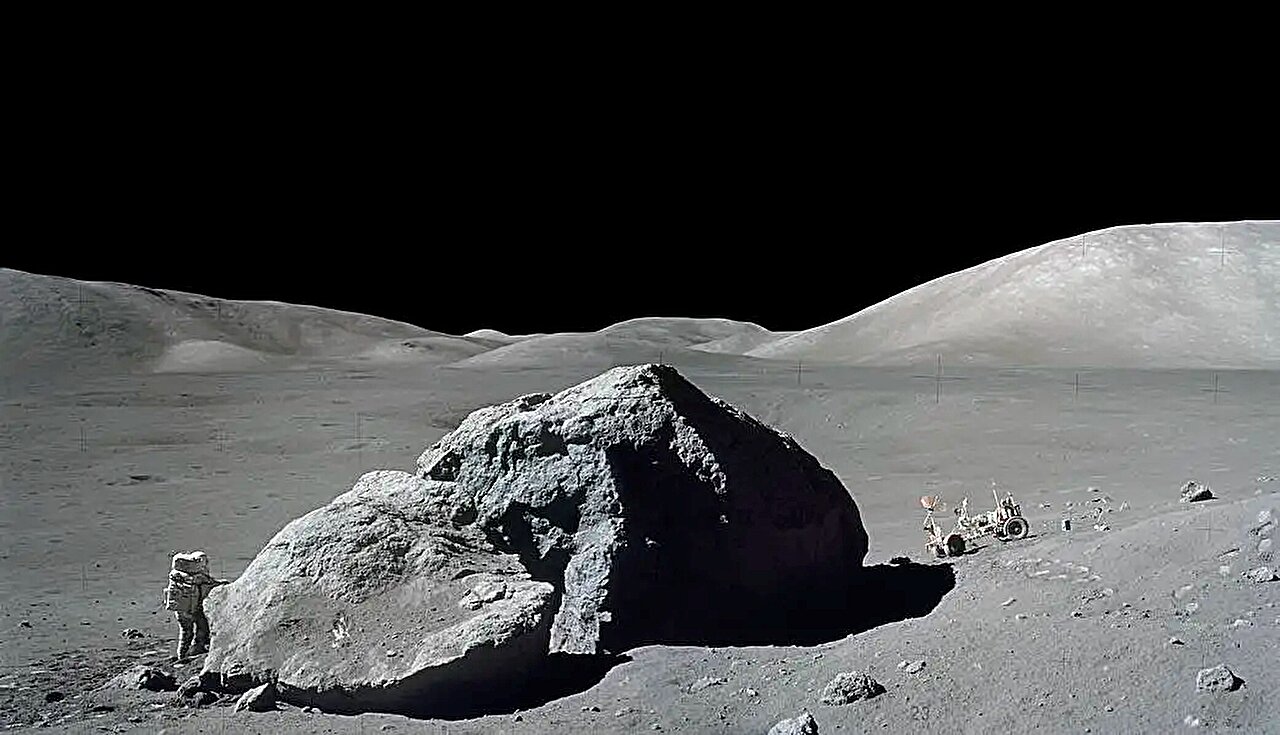A study by scientists has revealed the vital process of creating a unique rock from the moon. The discovery explains its characteristic composition and its very presence on the surface of our satellite, solving a mystery that has long worried scientists.

Magmas on the Moon
A study published today in the journal Nature Geoscience reveals a key step in the genesis of the Moon’s special magmas. A combination of high-temperature laboratory experiments with molten minerals and complex isotope analyses of lunar samples has revealed a critical reaction that controls their composition.
This reaction took place in the deep interior of the Moon about three and a half billion years ago and consisted of the exchange of the element iron in the magma with the element magnesium in the surrounding rocks, changing the chemical and physical properties of the melt.
The central point of this study is the presence of a type of magma unique to the Moon, but explaining how such magmas could even get to the surface to be sampled by space missions was problematic.
Basalts with a high titanium content
Surprisingly high concentrations of the element titanium in certain areas of the lunar surface have been known since NASA’s Apollo missions in the 1960s and 1970s, which successfully returned solidified samples of ancient lava from the lunar crust to Earth. Recent mapping by orbiting satellites has shown that these magmas, known as high-titanium basalts, are widespread on the Moon.
Until now, models have not been able to reproduce the composition of magma, which corresponds to the basic chemical and physical characteristics of high-titanium basalts. It is especially difficult to explain their low density, which allowed them to erupt about three and a half billion years ago.
An international team of scientists led by the Universities of Bristol in the UK and Munster in Germany managed to simulate high-titanium basalts in laboratory conditions using high-temperature experiments. The measurement of these minerals also revealed a characteristic isotopic composition, which makes it possible to identify the reactions reproduced in the experiments. Both results clearly demonstrate that the reaction of the melt with a solid is an integral part of the formation of these unique magmas.
According to phys.org
Follow us on Twitter to get the most interesting space news in time
https://twitter.com/ust_magazine


